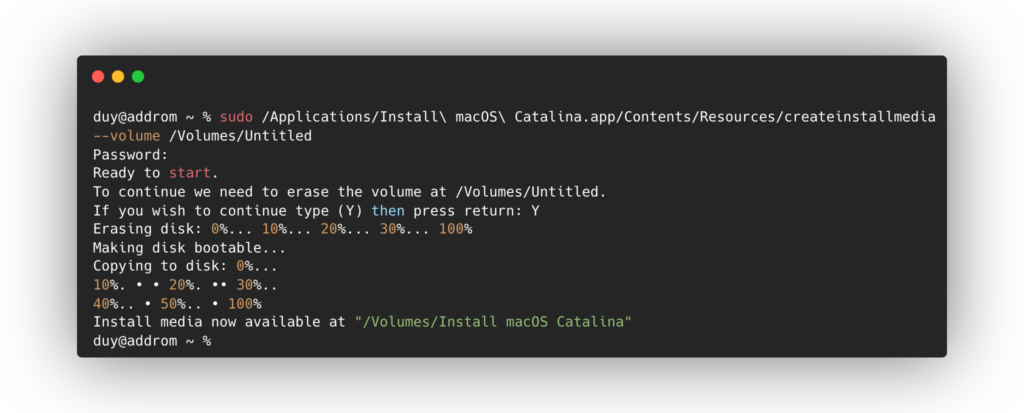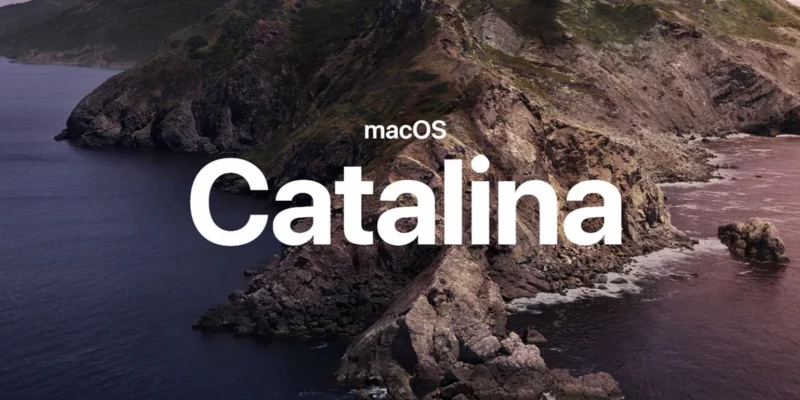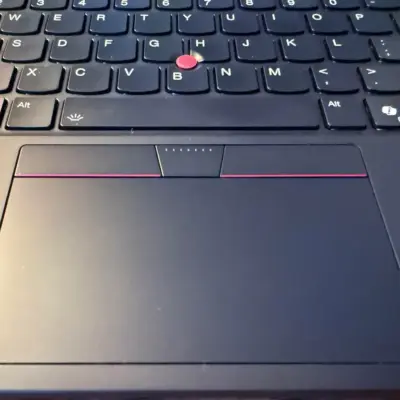Download macOS Catalina DMG file for clean installation (macOS 10.15.x)
Catalina is the latest build of Apple’s Mac operating system, version 10.15. Released in October 2019, it’s packed with plenty of new features Mac owners should love, like spreading cloud-based media across focus apps (bye-bye iTunes), second-screen support for iPads, support for iPad-like apps, and more.
Mac owners should consider upgrading to the latest version on a security level at the very least, just like Windows. And just like Windows 10, upgrading to the latest version is completely free. You can grab Catalina simply by loading the Mac’s App Store — the only cost is your time and bandwidth.
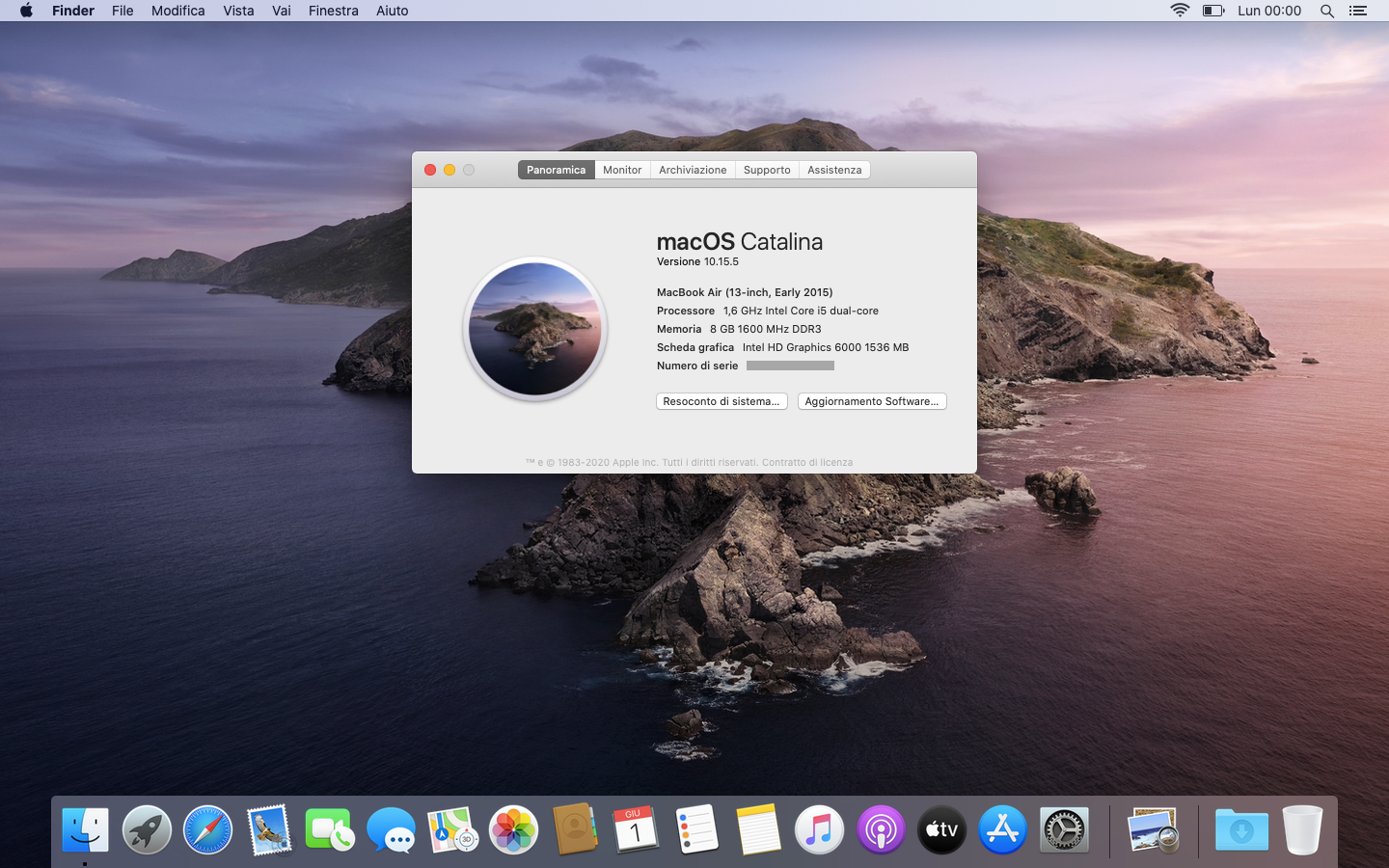
First, make sure your Mac can run Catalina. Apple provides a handy list of compatible Macs, but here we summarize the list:
- MacBook Pro from mid-2012 onward
- MacBook Air from mid-2012 onward
- 12-inch MacBook from early 2015 onward
- iMac Pro from 2017 onward
- iMac from late 2012 onward
- Mac Mini from late 2012 onward
- Mac Pro from late 2013 onward
Download
- macOS Catalina 10.15.7.dmg (7,7G) | OneDrive | Backup
- macOS Catalina 10.15.5 (19F101).dmg (7,7G) | OneDrive | Backup
- macOS Catalina 10.15.5.dmg (7,7G) | OneDrive
- macOS Catalina 10.15.4.dmg (7,7G) | OneDrive | Backup
- macOS Catalina 10.15.3.dmg (7,6G) | OneDrive | Backup
- macOS Catalina 10.15.dmg (7,5G) | OneDrive | Backup | Backup2
DOWNLOAD MORE: Download macOS Big Sur DMG file for clean installation (macOS 11)Create a bootable installer for macOS
Step 1: Format the USB
Go to Disk Utility (Click on Launchpad > Other > Disk Utility). Then Format the USB with the following information:
- Name: Untitled (This name is optional, subject to change)
- Format: MacOS Extended (Journaled)
- Scheme: GUID Partion Map
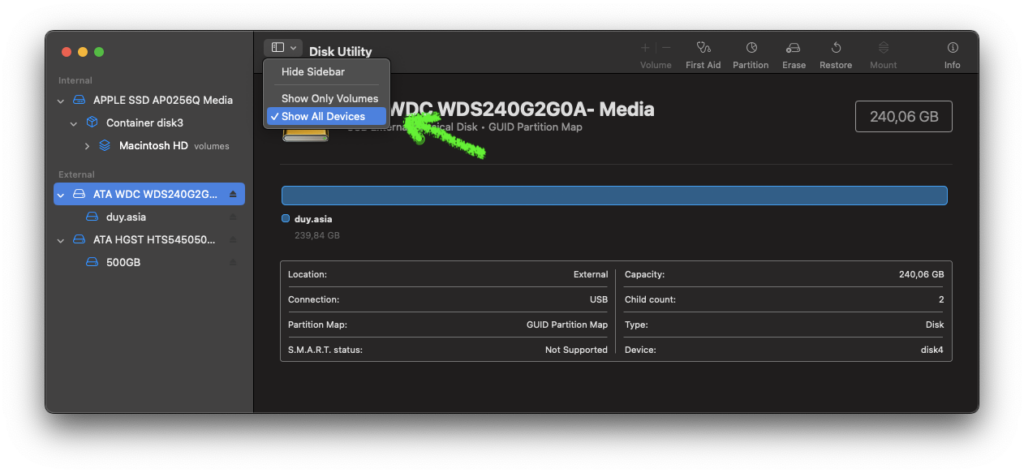

Step 2: Copy the installation file to the Application folder
After downloading, if the .DMG, double-click to mount, then drag the installation file to the Application folder.
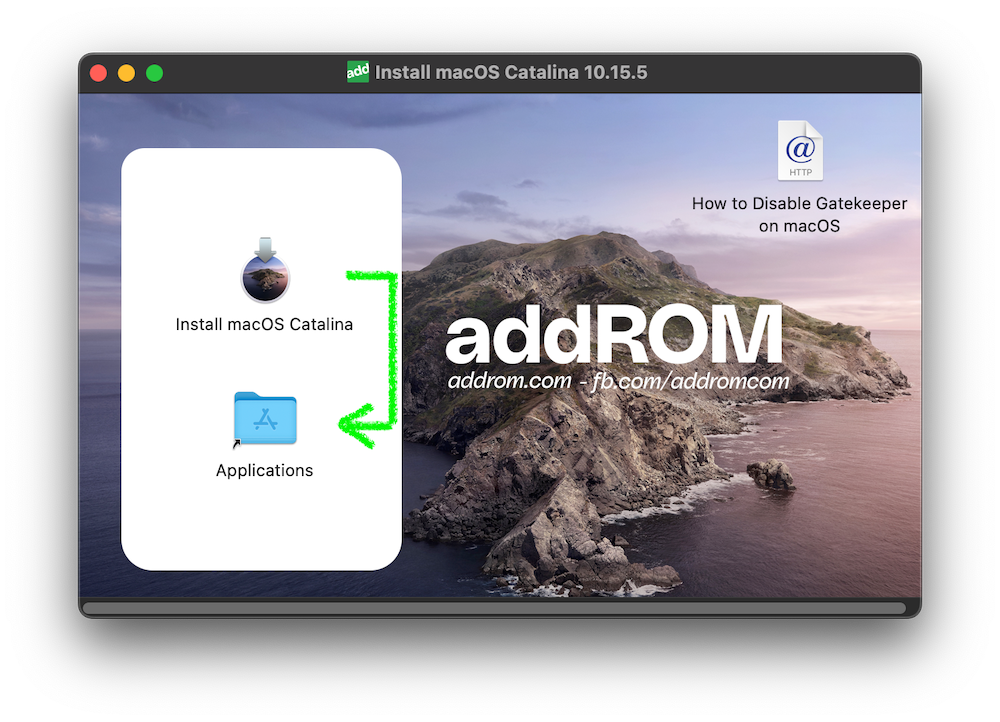
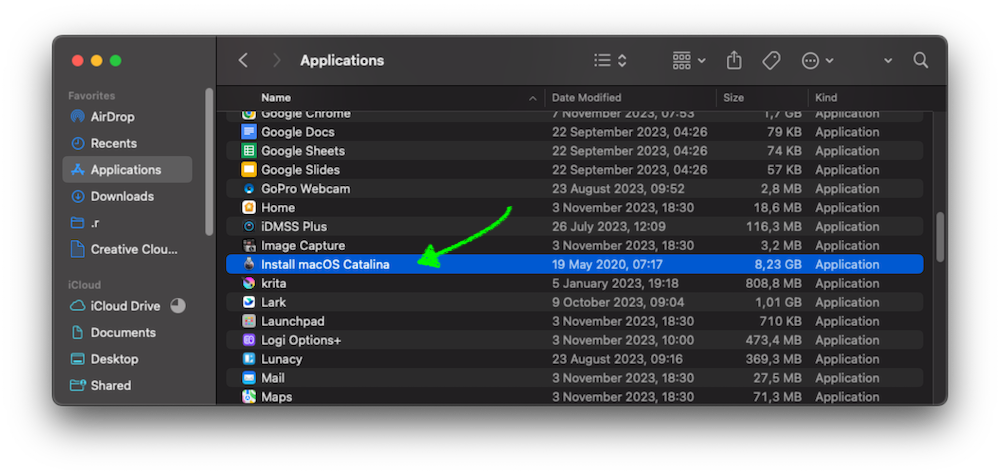
Step 3: Plug in the USB flash drive or other volume that you’re using for the bootable installer.
Step 4: Open Terminal, which is in the Utilities folder of your Applications folder.
Step 5: Type or paste one of the commands below into Terminal, then press Return to enter the command. Each command assumes that the installer is in your Applications folder, and Untitled is the name of the USB flash drive or other volume you’re using. If the volume has a different name, replace Untitled in the command with the name of your volume.
sudo /Applications/Install\ macOS\ Catalina.app/Contents/Resources/createinstallmedia --volume /Volumes/UntitledStep 6: When prompted, type your administrator password. Terminal doesn’t show any characters as you type. Then press Return.
Step 7:When prompted, type Y to confirm that you want to erase the volume, then press Return. Terminal shows the progress as the volume is erased.
Step 8: After the volume is erased, you may see an alert that Terminal would like to access files on a removable volume. Click OK to allow the copy to proceed.
Step 9:When Terminal says that it’s done, the volume will have the same name as the installer you downloaded, such as Install macOS Catalina. You can now quit Terminal and eject the volume.
